Rising Demand for Biopharmaceuticals
The increasing demand for biopharmaceuticals is a primary driver of the Cell Culture Incubator Market. As the biopharmaceutical sector expands, the need for efficient and reliable cell culture processes becomes paramount. In 2023, the biopharmaceutical market was valued at approximately 300 billion USD, with projections indicating a growth rate of around 7% annually. This growth necessitates advanced cell culture technologies, including incubators that provide optimal conditions for cell growth and maintenance. Consequently, manufacturers are focusing on developing incubators that cater to the specific needs of biopharmaceutical production, thereby enhancing the overall efficiency of the Cell Culture Incubator Market.
Growing Focus on Personalized Medicine
The growing focus on personalized medicine is emerging as a vital driver for the Cell Culture Incubator Market. As healthcare shifts towards more individualized treatment approaches, the need for tailored cell culture solutions becomes increasingly important. Personalized medicine often requires specific cell types and culture conditions, which in turn necessitates advanced incubators capable of providing such environments. The market for personalized medicine is projected to reach 2.5 trillion USD by 2025, indicating a substantial opportunity for incubator manufacturers to innovate and adapt their products to meet these unique requirements. This trend is likely to enhance the demand for specialized cell culture incubators, thereby influencing the Cell Culture Incubator Market.
Technological Advancements in Cell Culture
Technological advancements play a crucial role in shaping the Cell Culture Incubator Market. Innovations such as automated monitoring systems, advanced temperature control, and integrated data management solutions are becoming increasingly prevalent. These technologies not only improve the precision of cell culture processes but also enhance reproducibility and reduce human error. The introduction of smart incubators, which can be remotely monitored and controlled, is indicative of this trend. As research institutions and laboratories seek to optimize their workflows, the demand for technologically advanced incubators is expected to rise, further propelling the growth of the Cell Culture Incubator Market.
Regulatory Compliance and Quality Standards
Regulatory compliance and adherence to quality standards are critical factors driving the Cell Culture Incubator Market. As the biotechnology and pharmaceutical sectors face stringent regulations, the demand for incubators that meet these standards is increasing. Regulatory bodies require that cell culture processes maintain specific environmental conditions to ensure the integrity and safety of biological products. Consequently, manufacturers are compelled to design incubators that not only comply with these regulations but also enhance the overall quality of cell culture processes. This focus on compliance is expected to drive innovation and investment in the Cell Culture Incubator Market, as companies strive to meet the evolving demands of regulatory frameworks.
Increase in Research and Development Activities
The surge in research and development activities across various sectors, including pharmaceuticals, biotechnology, and academic institutions, is significantly influencing the Cell Culture Incubator Market. In recent years, there has been a notable increase in funding for R&D, with global investments reaching over 2 trillion USD in 2023. This influx of funding has led to a greater emphasis on cell-based research, necessitating the use of sophisticated cell culture incubators. As researchers strive to develop new therapies and conduct innovative studies, the demand for high-quality incubators that support diverse cell culture applications is likely to grow, thereby driving the Cell Culture Incubator Market.


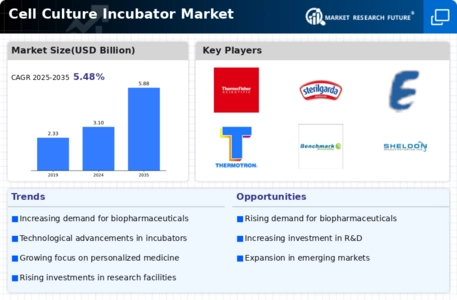
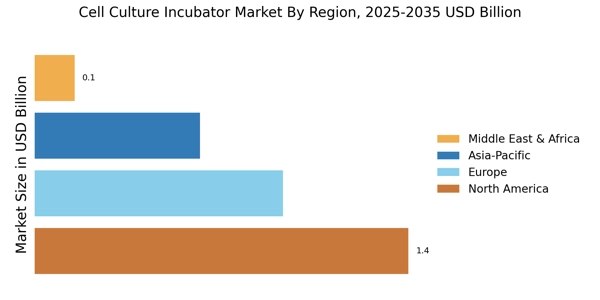
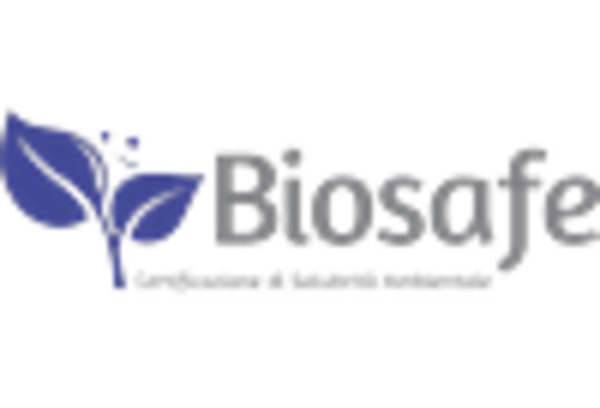
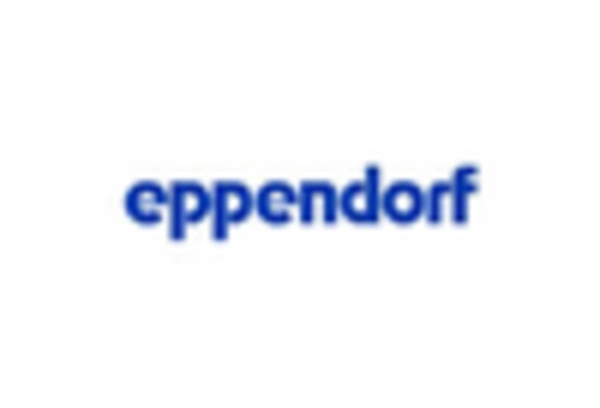
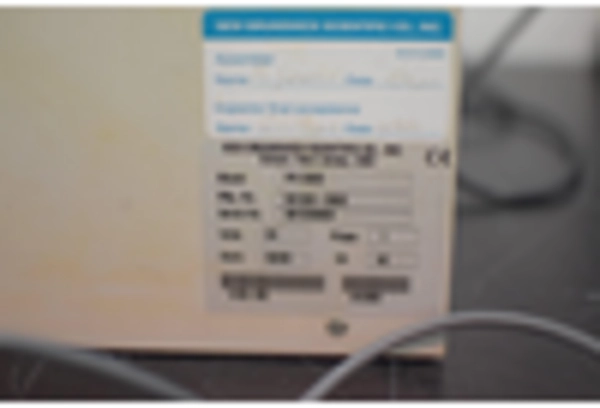

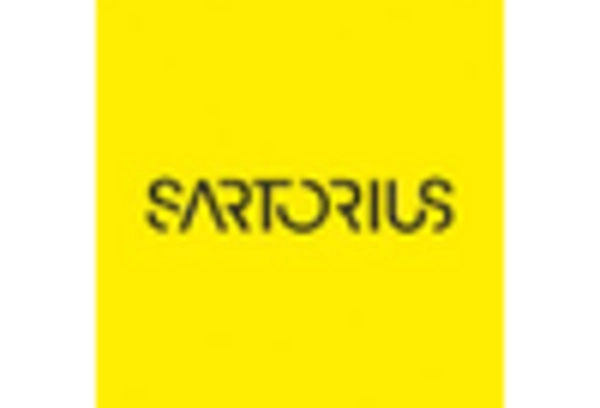









Leave a Comment